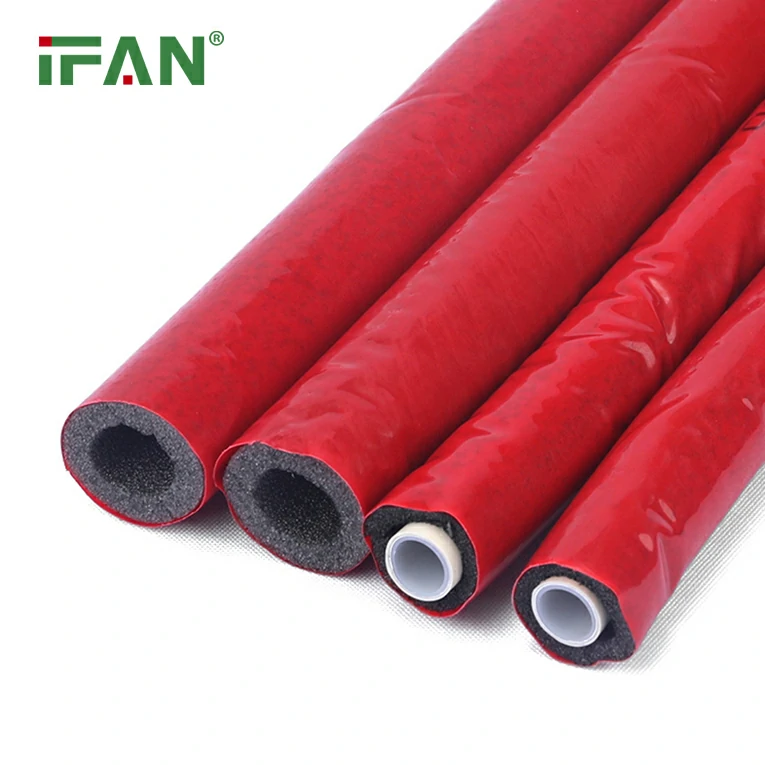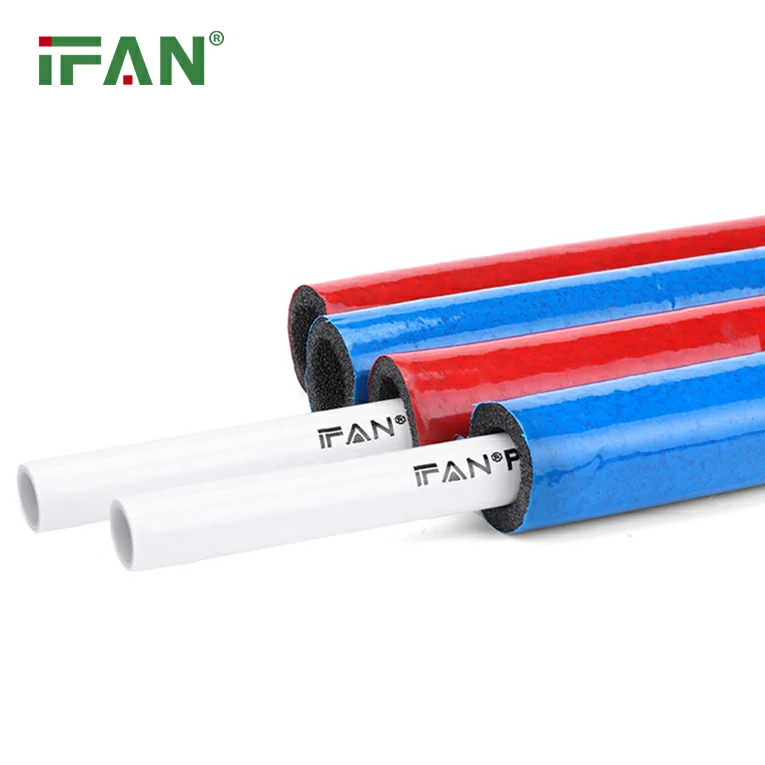Introduction to PPR Double Union Ball Valve
PPR Double Union Ball Valves are a critical component in modern piping systems, offering unmatched versatility and durability. This article provides a comprehensive overview of the PPR Double Union Ball Valve, exploring its unique features, applications, and benefits.
What is a PPR Double Union Ball Valve?
PPR Double Union Ball Valves are designed with a double union connection, allowing for easy disassembly and reassembly. They are constructed from Polypropylene Random Copolymer (PPR), a material known for its exceptional resistance to corrosion, high temperatures, and chemicals. This valve type offers a tight seal and reliable performance in a variety of fluid control applications.

Key Features of PPR Double Union Ball Valve
- Durable Material: PPR is a robust material that can withstand harsh environments and continuous use.
- Double Union Connection: The double union design enables easy disassembly and reassembly, making maintenance and repairs simple.
- Excellent Sealing: The ball valve provides a tight seal, ensuring leak-free operation.
- Versatile Applications: Suitable for a wide range of fluids, including water, chemicals, and gases.
Applications of PPR Double Union Ball Valve
PPR Double Union Ball Valves are widely used in various industries, including:
- Water Supply Systems: Used to control and regulate water flow in residential, commercial, and industrial applications.
- Chemical Processing: Ideal for handling corrosive chemicals and acids due to their resistance to chemical attack.
- Food and Beverage: Suitable for use in food and beverage processing plants, ensuring compliance with hygiene standards.

Advantages of PPR Double Union Ball Valve
- Easy Maintenance: The double union design allows for quick disassembly and reassembly, reducing maintenance time and cost.
- Durable Construction: PPR material ensures long-lasting performance and resistance to corrosion and wear.
- Leak-Free Operation: The tight seal provided by the ball valve guarantees leak-free performance, reducing the risk of contamination and waste.
- Versatile Applications: The ability to handle a wide range of fluids makes PPR Double Union Ball Valves suitable for various applications.
Conclusion
PPR Double Union Ball Valves are a valuable addition to any piping system. Their durable construction, easy maintenance, and leak-free operation ensure reliable performance in a variety of applications. Whether in water supply systems, chemical processing, or food and beverage processing, PPR Double Union Ball Valves provide a dependable solution for fluid control.






